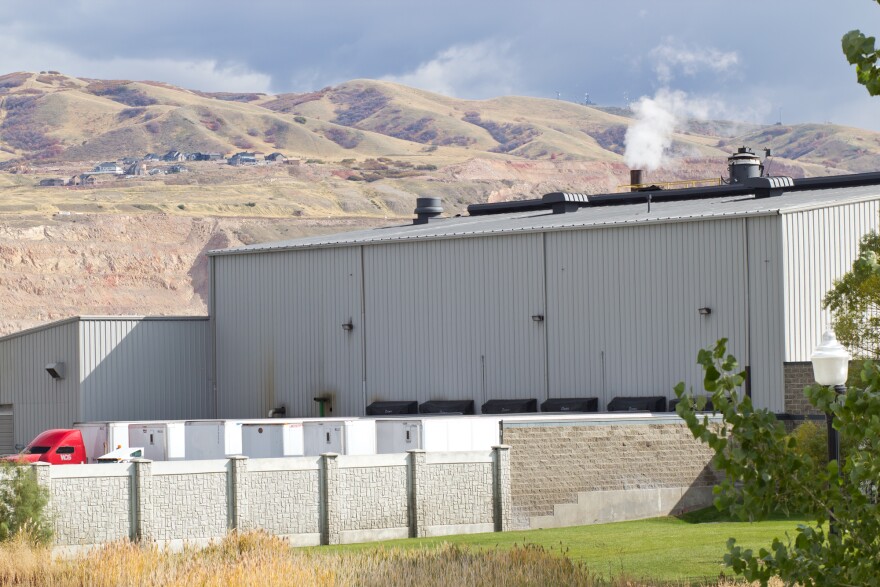The Utah Department of Health is doing a public health assessment in the North Salt Lake neighborhood near Stericycle’s medical waste incinerator. State officials say they are focused primarily on investigating levels of cancer-causing dioxins in the soil.
State toxicologists believe that among the substances emitted by Stericycle’s medical waste incinerator, dioxins have the greatest chance of affecting people’s health. Dioxins are highly toxic compounds released when PVC’s or plastics are burned, and according to the US Environmental Protection Agency, they can cause cancer. They also affect reproductive, developmental, and immunological systems. In May, the state Division of Air Quality cited Stericycle for emitting more than four times the allowable limits of dioxins. Deputy Director for the Utah Department of Health Robert Rolfs says he understands why neighbors are concerned, but he says it’s important to understand that there are many sources of dioxins, and we all have some in our bodies.
“We think it is important to look and see if there is enough in the environment that it is causing health hazards for those people,” Rolfs says.
He says the department has been paying attention to the issue for several months, but they began their assessment officially about a month ago at the request of the Governor and the state Department of Environmental Quality. Rolfs says the health department has already completed the first step in the investigation, which is to read the available research on incinerators, related pollutants, and health effects. The next step is to test the soil for dioxins.
“To be honest, we don’t feel like it is likely that there is large health risk, Rolfs says. “But we think there is enough reason for concern that we want to go to a second step.”
Rolfs says a previous test about 10 years ago near the incinerator showed levels of dioxin well below what the EPA considers a health risk, but he says it’s possible they will find something different in the new samples. The final step is to take what they find, assess the threat to public health, and send it to the US Centers for Disease Control and Prevention for approval. Rolfs estimates the process will take about 3 to 6 months.







